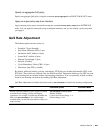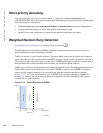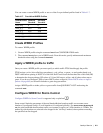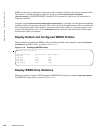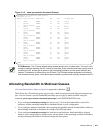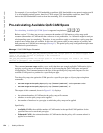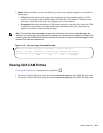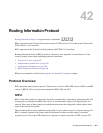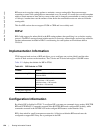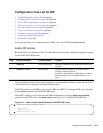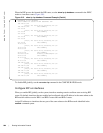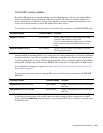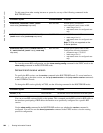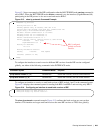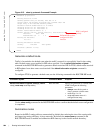Routing Information Protocol | 877
42
Routing Information Protocol
Routing Information Protocol is supported only on platforms: c e s
RIP is supported on the S-Series following the release of FTOS version 7.8.1.0, and on the C-Series with
FTOS versions 7.6.1.0 and after.
RIP is supported on the E-Series ExaScale platform with FTOS 8.1.1.0 and later.
Routing Information Protocol (RIP) is based on a distance-vector algorithm, it tracks distances or hop
counts to nearby routers when establishing network connections.
• Protocol Overview on page 877
• Implementation Information on page 878
• Configuration Information on page 878
• RIP Configuration Example on page 886
RIP protocol standards are listed in the Appendix 63, Standards Compliance chapter.
Protocol Overview
RIP is the oldest interior gateway protocol. There are two versions of RIP: RIP version 1 (RIPv1) and RIP
version 2 (RIPv2). These versions are documented in RFCs 1058 and 2453.
RIPv1
RIPv1 learns where nodes in a network are located by automatically constructing a routing data table. The
routing table is established after RIP sends out one or more broadcast signals to all adjacent nodes in a
network. Hop counts of these signals are tracked and entered into the routing table, which defines where
nodes in the network are located.
The information that is used to update the routing table is sent as either a request or response message. In
RIPv1, automatic updates to the routing table are performed as either one-time requests or periodic
responses (every 30 seconds). RIP transports its responses or requests by means of UDP over port 520.



